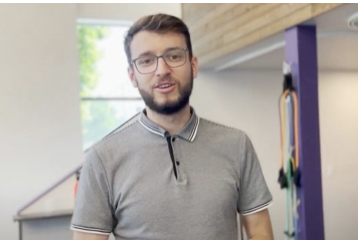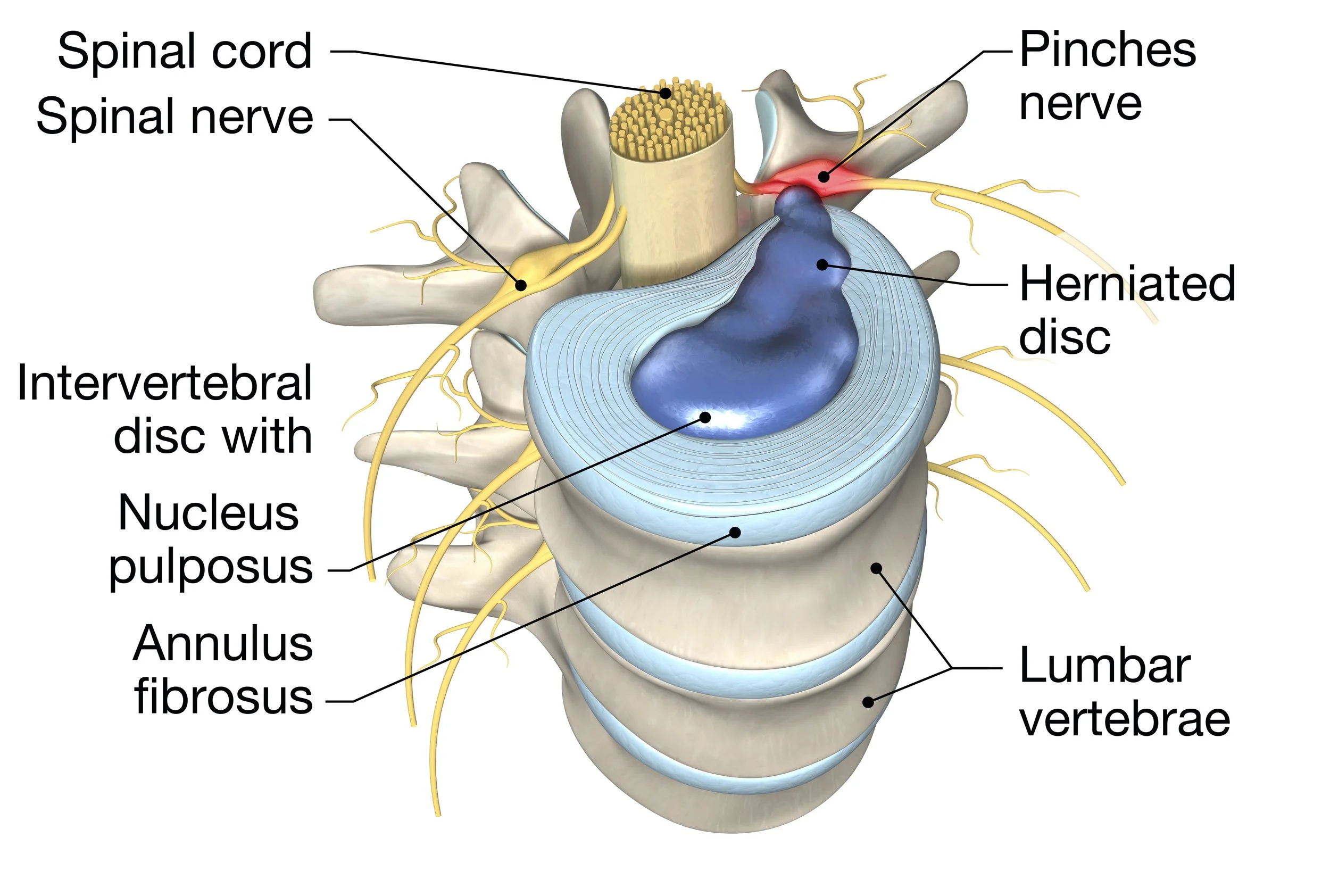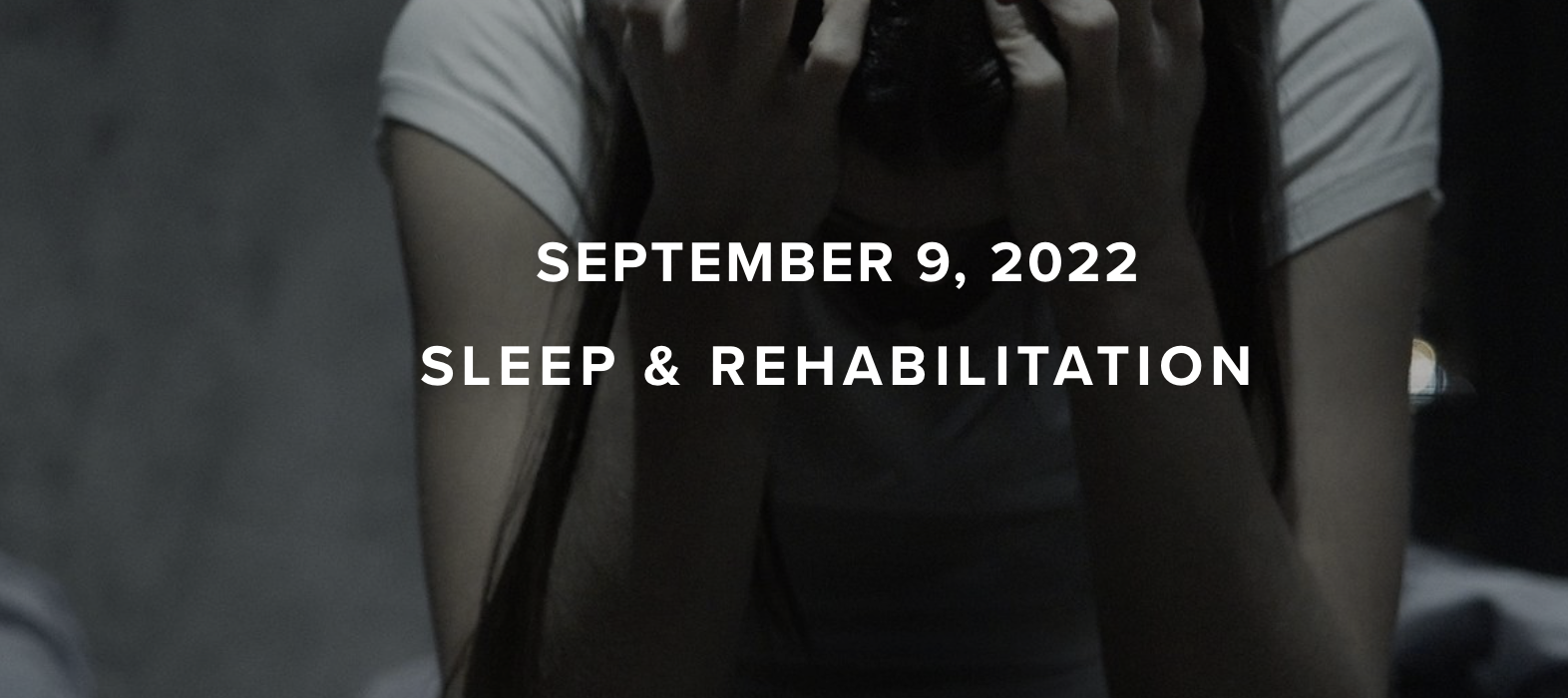What is Lower Back Pain?
What Causes Lower Back Pain?
The causes for lower back pain are frustrating and as diverse as the mechanics of the injury. It can be a simple as a strained muscle either from repetitive use or trauma. It can be as complex as nerve damage from compression or even vertebral fracture. A thorough exam with a licensed physical therapist is a great starting point. A PT will complete a comprehensive history of your case and then take you through both active and passive movements to determine a diagnosis. After getting a general idea of your pain presentation and any functional limitation a physical therapist will perform if indicated any manual interventions and walk you through a home exercise plan (HEP). The HEP will be a tool towards your goals and be something that will empower you to take control of your recovery. Our team are all former athletes so making sure you return to your full potential and goals is very important to us. This can be as mundane as simply getting on the floor to play legos with your children or as advanced as competing at the Crossfit games.
How Does Physical Therapy Help?
Your PT will do an evaluation of your symptoms, function, Range of Motion (ROM), Strength, Posture, and also perform special tests. These tests are positions that put the tissues in positions that yield information about what strutctures are or could be injured. Many times this evaluation can reduce the need for diagnostic imaging saving thousands to your healthcare bill.
Our Redmond Lower Back EXperts
Jessica Hsieh
PT, DPT
Jessica is a fantastic manual therapist with training in women’s health as well. She enjoys hiking, snowboarding, and strength training. Her knowledge and skills of the lumbar spine are excellent.
More:
Kevin Okula
PT, DPT
Kevin is a lifelong athlete and spends his non-clinical time rock climbing and playing soccer. He has a passion for goal keepers and people heading to the mountains. Kevin also has interest in neurological clients as this blends nicely with his spine practice.
More:
Hork Do
PT, DPT
Hork enjoys treating the lumbar spine and all the goals that clients have upon the return of function and decreased pain. He has a passion for snowboarding, hiking, and sports. Hork especially likes complex and chronic back pain and finding pragmatic strategies for clients to reach their goals.
More:
What if you need to see an orthopedist or neurologist later?
No problem. In fact our team spends hundreds of hours a year shadowing, lecturing with, and learning from the best orthopedists and neurologists in the region. Your PT will actually refer you if your situation looks appropriate or if your progress plateaus.
Almost all insurances allow you now to see a PT first.
This is for two reasons:
1) It saves money and the insurance companies find this attractive. (On average about $1,100 saved per back case)
2) Getting PT first for the majority of injuries can help you get back to your goals.
More Lumbar webinars & FAQs
What is a Lumbar Strain?
What is a Disk Herniation?
What Does Radiculopathy mean?
Why is my back stiff?
How Can I Heal My Back Faster?
What is a spondylolisthesis?
Where Does Your Back Hurt with Disk Pain?
How Do I Strengthen My Lower Back?
What Are the Best Exercises for LBP?
How to Heal a Vertebral Fracture?
What Sports are the Hardest on my Lower Back?
When Am I Appropriate to Return to Work?
What is the Lower Back Healing Timeline?
What is the Lumbar Surgery Timeline?
How Do I know if Back Surgery is Appropriate?
Can Injections help my back?
MORE BLOGS
References:
Orthopedic Physical Assessment, 4th Edition. David J. Magee, 2006. www.emedicine.medscape.com/article/93095-overview
Walls RM, et al., eds. Rosen's Emergency Medicine: Concepts and Clinical Practice. 9th ed. Philadelphia, Pa.: Elsevier; 2018. https://www.clinicalkey.com. Accessed Oct. 30, 2017.
Palmer J, et al. Abdominal pain mimics. Emergency Medicine Clinics of North America. 2016;34:409.
UpToDate. https://www.uptodate.com/contents/search. Accessed Oct. 30, 2017.
Zeiter D. Abdominal pain in children. Pediatric Clinics of North America. 2017;64:525.
Palmer J, et al. Abdominal pain mimics. Emergency Medicine Clinics of North America. 2016;34:409.
American Academy of Orthopaedic Surgeons. https://orthoinfo.aaos.org. Accessed Nov. 20, 2017.
Petty RE, et al., eds. Textbook of Pediatric Rheumatology. 7th ed. Philadelphia, Pa.: Elsevier; 2016. https://www.clinicalkey.com. Accessed Nov. 20, 2017.
Elsevier Point of Care. https://www.clinicalkey.com. Accessed Nov. 20, 2017.
Kasper DL, et al., eds. Harrison's Principles of Internal Medicine. 19th ed. New York, N.Y.: McGraw-Hill Education; 2015. http://accessmedicine.mhmedical.com. Accessed Nov. 20, 2017.
Disclaimer:
This website is an information and education resource for health professionals and individuals with injuries. It is not intended to be a service for patients and should not be regarded as a source of medical or diagnostic determination, or used as a substitute for professional medical instruction or advice. Not all conditions and treatment modalities are described on this website. Any liability (in negligence or otherwise) arising from any third party acting, or refraining from acting, on any information contained on this website is hereby excluded.














